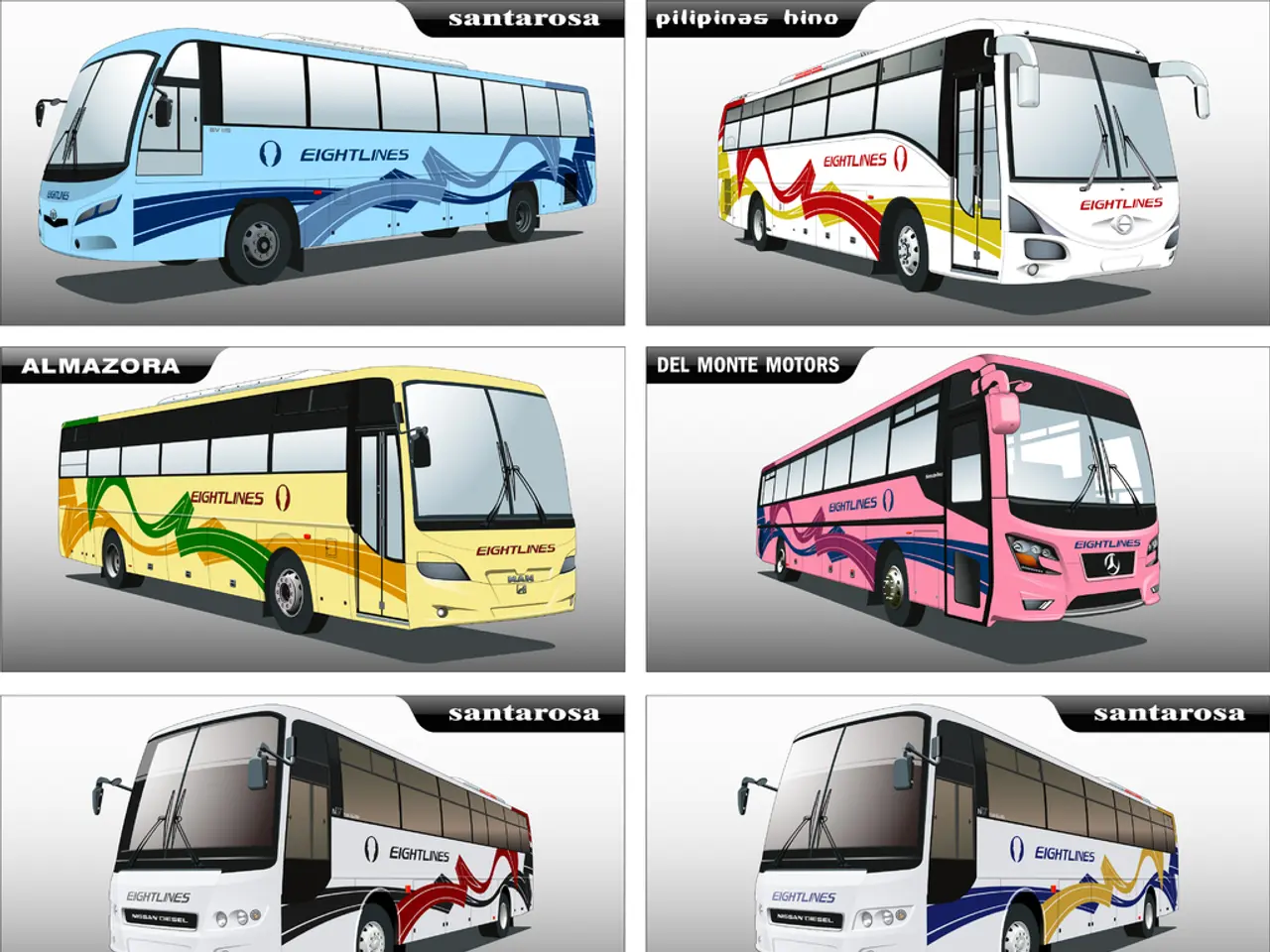International Customs Accord Finalized Between EU and US
The European Union (EU) and the United States (US) have reached a preliminary agreement on a new trade deal, aiming to avoid a damaging tariff war and foster transatlantic economic cooperation. The announcement was made following a top-level meeting between EU Commission President Ursula von der Leyen and US President Donald Trump in Scotland.
Under the terms of the agreement, the EU will implement a 15% tariff on most of its exports to the US. This tariff, described as "across-the-board" and "all-inclusive," effectively replaces other potential duties on these products. However, some products will benefit from a "zero-for-zero" tariff scheme, meaning neither side will impose tariffs on those items. The exact list of these exemptions is still under development.
Regarding tariffs on US exports to the EU, detailed rates have not been explicitly clarified in the initial announcement, indicating that some negotiation and specification are ongoing. The agreement is preliminary and subject to further fleshing out to specify tariff levels and products fully.
The deal is heralded as a boost for key areas like agriculture, aviation, and notably energy, signaling enhanced market access and cooperation that could stimulate investments and job growth in these sectors on both sides. While specific energy tariff rates or investment commitments have not been detailed, the overall framework aims to expand trade and economic security cooperation, which implies openness to energy-related dealings.
Strategic product exemptions such as digital regulations and non-tariff barriers are also flagged for future talks. The agreement sets a foundation to address non-tariff barriers, including digital market regulations like the EU's Digital Markets Act, signaling ongoing dialogue around sensitive strategic products and regulatory alignment.
In summary, the core elements of the deal are:
- Tariff rate (EU to US): 15% tariff on most EU exports to US
- Tariff rate (US to EU): Not yet fully clarified
- Zero-for-zero products: Some EU products benefit; specifics pending
- Energy investments: Framework encourages growth and cooperation in energy
- Strategic exemptions: Ongoing talks on non-tariff barriers like digital rules
The deal is seen as a major step to avoid a damaging tariff war, create market stability, and foster transatlantic economic cooperation. However, it is still a preliminary framework requiring additional technical details and product-specific agreements.
References:
[1] European Commission. (2020). Joint Statement on the EU-US Trade and Technology Council. Retrieved from https://ec.europa.eu/info/publications/joint-statement-eu-us-trade-and-technology-council_en
[2] European Commission. (2020). EU-US Trade and Technology Council: Fact Sheet. Retrieved from https://ec.europa.eu/info/publications/eu-us-trade-and-technology-council-fact-sheet_en
[3] European Commission. (2020). EU-US Trade and Technology Council: Questions and Answers. Retrieved from https://ec.europa.eu/info/publications/eu-us-trade-and-technology-council-questions-and-answers_en
[4] European Commission. (2020). EU-US Trade and Technology Council: Press Release. Retrieved from https://ec.europa.eu/commission/presscorner/detail/en/IP_20_3631
- The preliminary agreement between the European Union (EU) and the United States (US) in the realm of finance, politics, and general-news, contains a 15% tariff on most EU exports to the US, while detailing rates for US exports remain unclear.
- The arrangement, aimed at the enterprise industry, also includes provisions for some products to benefit from a "zero-for-zero" tariff scheme, with the exact list of these exemptions still being developed.
- The deal, which focuses on sectors such as agriculture, aviation, and energy, also signals ongoing talks regarding strategic product exemptions like digital regulations and non-tariff barriers.




